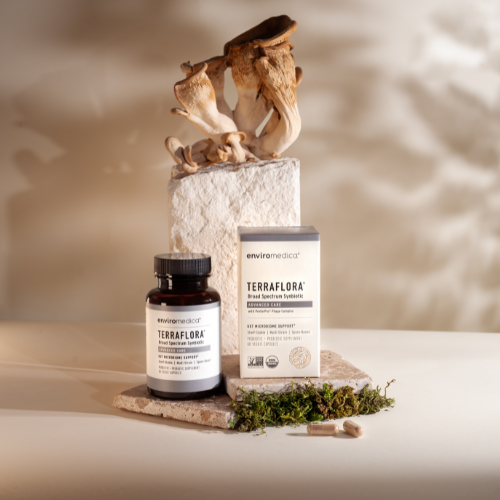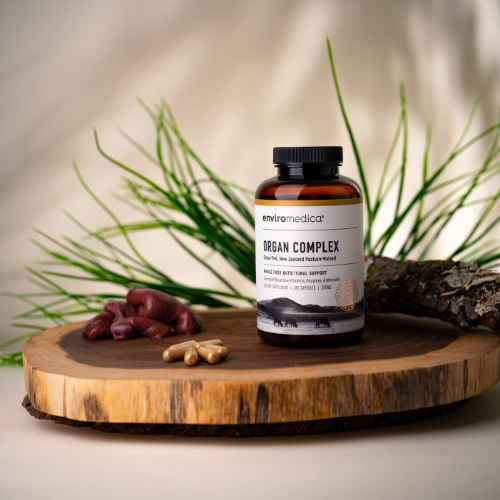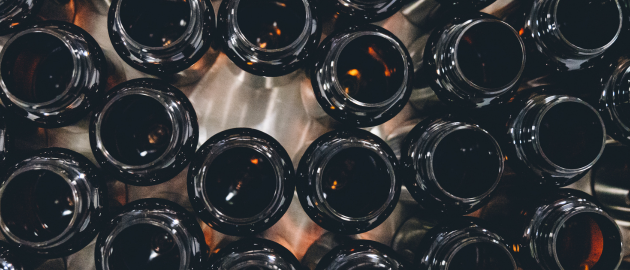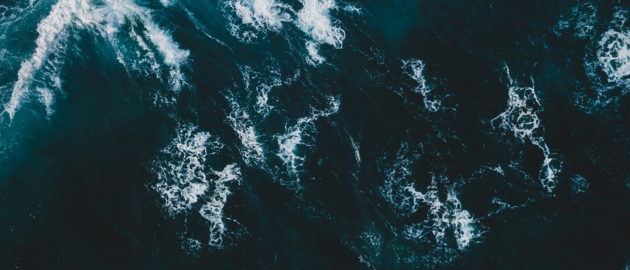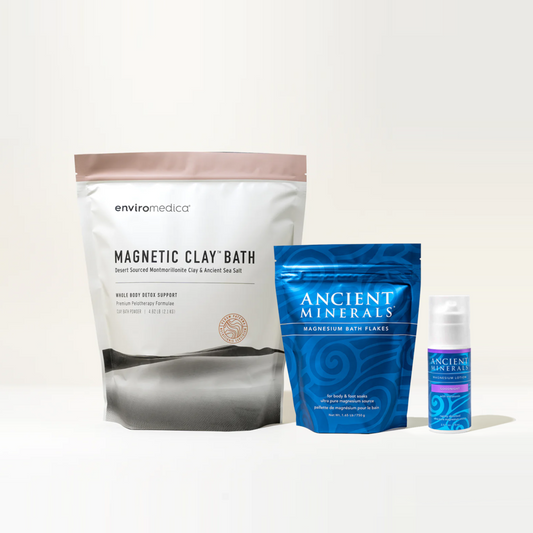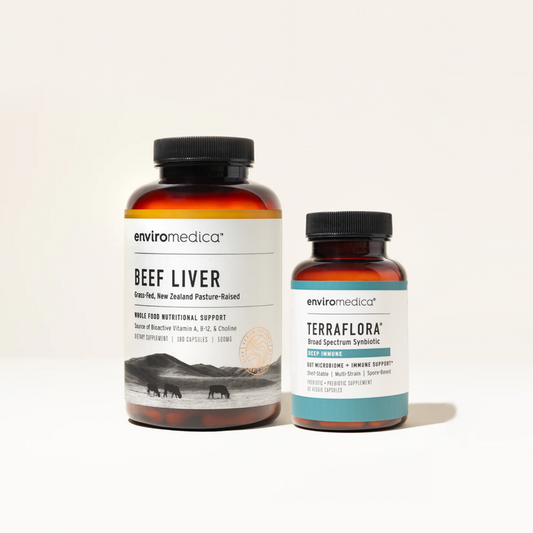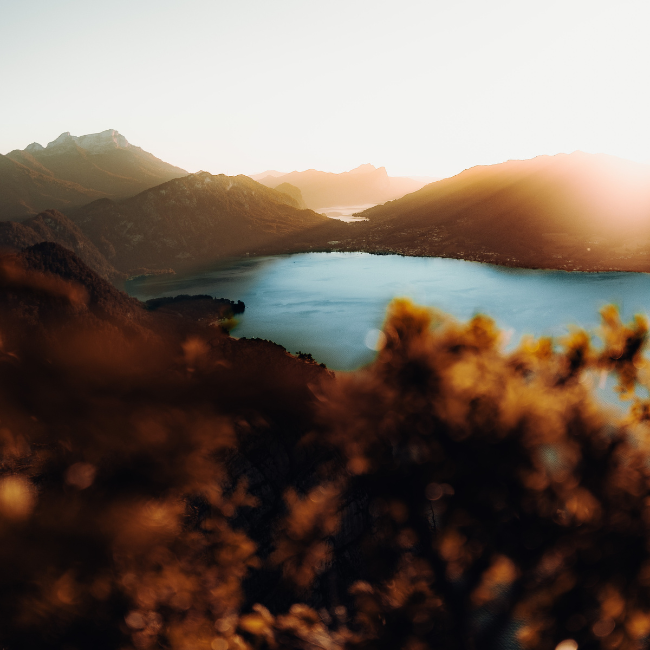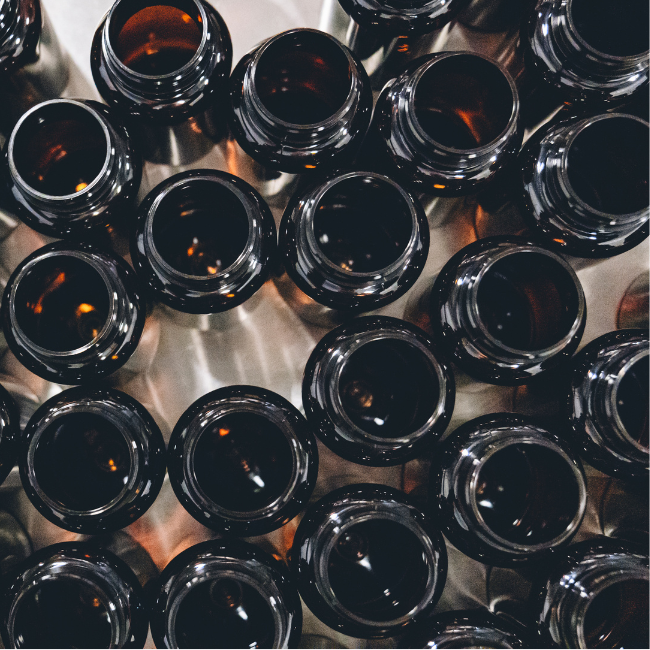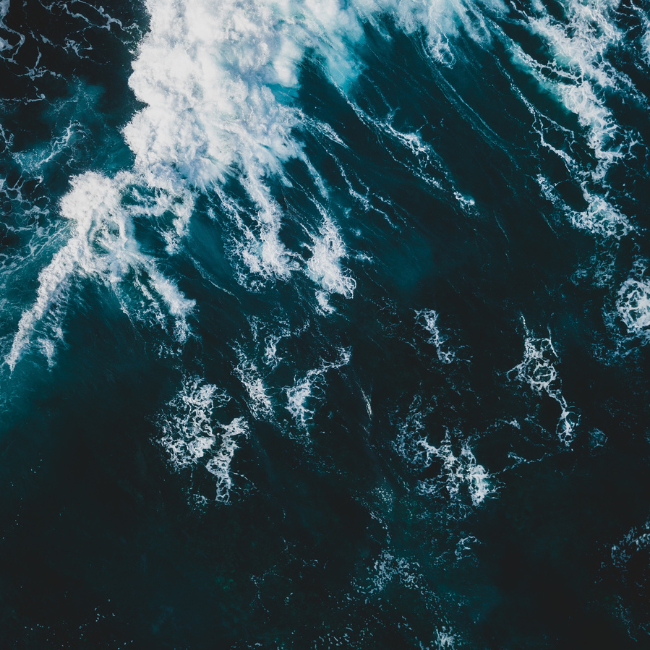How Do I Find The Best Natural Probiotic Supplements?
In the debate about which probiotic products offer optimal health and digestion benefits, the subject of “probiotic survivability” is rarely raised. Even the most diligent consumer is led to believe that the goal for good health lies in ingesting sheer numbers of probiotic bacteria. The media would have us believe that getting 1 billion CFUs (Colony Forming Units) of good bacteria is ideal, but more is not always better. CFUs refers to the beneficial bacteria content in a probiotic supplement.
The fact is, probiotics differ significantly in terms of CFUs, because of a lack of survivability in many common probiotic strains and cultures. Most have a short shelf life and require constant climate control. And many cannot withstand the harsh acidic environment of the stomach and intestinal tract.1
Finding an effective probiotic strain or strains that provide both shelf life and viability is the key to making a good probiotic supplement choice.
What to Look for in a Probiotic Supplement:
1. Multi-strain, broad-spectrum formula
The human gut is a complex mix of 10,000 different types of bacteria, with the vast majority being commensal or “helpful” bacteria.2
These bacteria co-exist with fungi and yeasts in symbiotic communities which help to maintain digestive health. When the delicate balance of intestinal microbiota is altered significantly, functional digestive decline can occur.
Since the microbiota within the digestive tract is so varied, experts suggest a probiotic formula with the most diversity, one which reflects the healthy balance of the digestive tract.
Currently, some of the most common bacterial strains found in products include:
- Lactobacillus: acidophilus, L. casei, L. fermentum, L. gasseri, L. jonsonii, L. lactis, L. paracasei, L. plantarum, L. reuteri, L. rhamnosus, L. salivarius.
- Bifidobacterium: bifidum, B. breve, B. lactis, B. longum, B. animalis, B. infantis.
- Soil-Based Organisms (SBO): A large group of bacteria and yeasts, including Bacillus strains: B. brevis, B. macerans, B. pumilus, B. polymyxa, B. subtilis, B. coagulans, B. clausii.
- Streptococcus: Thermophilus.
- Yeast: Saccharomyces cerevisiae (boulardii).
Research has demonstrated that probiotic strains within the same genus or group (such as Bacillus, Lactobacillus, Bifidobacterium, etc.) provide different benefits in the gut. This also applies to yeasts and soil-based organisms which provide specific benefits to intestinal health. Thus, in order to bring balance to the “good” and “bad” bacteria count, a multi-strain probiotic formula reflecting a diversity in both number of species and number of genera (groups) is recommended.
A naturally-derived matrix of probiotics can mimic the natural exposure to healthy bacteria that help develop a healthy gut.
2. Live, shelf stable bacteria
In order to work their magic in the small intestine, probiotics must survive storage and transportation to the end user. Temperature, humidity, oxygen and moisture can have a significant impact on the survival of probiotic bacteria, with some probiotics requiring refrigeration within a specific temperature range to ensure survival.3
When shopping for probiotics, look for a clear “best by” or expiration date on packaging. Some products purchased online may require cold-packing during delivery to your home. Probiotic nutrition bars may or may not be a good source of probiotics, as moisture in the product may kill the probiotic bacteria.4
Foil blister packs are one way to increase probiotic viability. Another approach is the use of SBO probiotic strains that can withstand any type of environmental change – retaining their potency through the harsh conditions associated with transportation and storage. These SBO bacteria are equipped with natural protection against various temperatures and do not require refrigeration.
3. Viable species
The issue of “survivability” in the gut is an important one – probiotics will spend roughly four hours in the harsh environment of the stomach before traveling to the intestines where they are needed! Certain probiotic species, such as Lactobacillus acidophilus, L. casei, and Bifidobacterium bifidum, are too fragile to survive in the acidic gut as they have no protection against its acidic environment.5
The choices in probiotics designed to survive and thrive this journey include those that contain naturally resilient strains of microbiota, and those which use manufactured delivery technologies like enteric coatings, delayed-release formulas, and “beadlet” formulations.
One such example, enteric coated pills, have been a source of controversy. Industry experts believe the encapsulation process itself destroys probiotic bacteria. Phthalates, a form of known carcinogen, have also been discovered in some enteric coatings.6
Other forms of delivery technologies include delayed-release gut-protective coatings and “probiotic pearls” or “beads”. These technologies attempt to imitate nature by enclosing live probiotic bacteria in a small beadlet.
However, nature provides its own version of protected bacteria in the form of spore-forming species such as those found in the Bacillus genus, a form of bacteria found in some traditional Asian fermented dishes such as natto and kimchi. Much like a seed, these bacteria form their own natural protective layer and release when they enter a healthy environment such as the lower gut.
It’s also important to know that some brands of probiotics use coatings (like whey) which could trigger milk allergy reaction; others use synthetic chemicals or a seaweed derivative (high in cancer-causing iodine). (Also, Lactobacillus is often cultured in a milk-derived substance, so even if a probiotic product is non-dairy, the bacteria may contain remnants of milk protein.)
When considering coated probiotics, find a manufacturer you trust. If you have concerns with synthetic additives or allergies, be sure to contact the manufacturer to determine the risk. Also, avoid products using whey coatings or Lactobacillus if you have a history of milk allergies or sensitivity.
4. Potential to colonize
 When probiotic bacteria reach the lower intestine, there’s another test. How long will they last there? Will they survive long enough to provide a benefit? Research shows that Lactobacillus and Bifidobacterium do not take up residence in the gut and are transient, so they have a subtle short-term effect on the intestine before being shed in feces.7
When probiotic bacteria reach the lower intestine, there’s another test. How long will they last there? Will they survive long enough to provide a benefit? Research shows that Lactobacillus and Bifidobacterium do not take up residence in the gut and are transient, so they have a subtle short-term effect on the intestine before being shed in feces.7
Spore-forming organisms, however, latch onto the intestinal wall and start establishing a community immediately. Studies (human and mouse) show that these probiotic bacteria continue to re-populate the intestine for at least one month. This provides ample time to improve intestinal health.
5. Contains prebiotics
A prebiotic is a natural nutrient that supports the proliferation of probiotic bacteria. This creates a “symbiotic” relationship that supports delivery (and proliferation) of viable probiotic bacteria in the lower intestine.
Many probiotic supplements contain a prebiotic, but not all. The presence of a prebiotic provides a source of fuel for the probiotics increasing the chances of successful propagation. Read the product label carefully to see if a prebiotic is listed.
6. Free of flow agents and synthetic coatings, dairy-free, and gluten-free
The highest quality probiotic products are free of “flow agents” used in manufacturing, like magnesium stearate, titanium dioxide, preservatives, colorings or artificial ingredients. Synthetic coatings are unnecessary to ensure delivery to the proper area of the digestive tract.
Additionally, seek probiotics that are dairy-free and gluten-free to ensure safety in people with allergies or sensitivities.
References
- 1. Kailasapathy, K., & Chin, J. (2000). Survival and therapeutic potential of probiotic organisms with reference to Lactobacillus acidophilus and Bifidobacterium spp. Immunology and Cell Biology, 78(1), 80–8. doi:10.1046/j.1440-1711.2000.00886. Available at: http://www.nature.com/icb/journal/v78/n1/full/icb200012a.html
- 2. “NIH Human Microbiome Project Defines Normal Bacterial Makeup of the Body.” U.S National Library of Medicine. U.S. National Library of Medicine, n.d. Web. 06 Aug. 2015. Available at: http://www.nih.gov/news/health/jun2012/nhgri-13.html
- 3. Kailasapathy, K., & Chin, J. (2000). Survival and therapeutic potential of probiotic organisms with reference to Lactobacillus acidophilus and Bifidobacterium spp. Immunology and Cell Biology, 78(1), 80–8. doi:10.1046/j.1440-1711.2000.00886. Available at: http://www.nature.com/icb/journal/v78/n1/full/icb200012a.html
- 4. Growing Potential.” Nutritional Outlook. N.p., n.d. Web. 06 Aug. 2015. Available at: http://www.nutritionaloutlook.com/article/growing-potential
- 5. Kailasapathy, K., & Chin, J. (2000). Survival and therapeutic potential of probiotic organisms with reference to Lactobacillus acidophilus and Bifidobacterium spp. Immunology and Cell Biology, 78(1), 80–8. doi:10.1046/j.1440-1711.2000.00886. Available at: http://www.nature.com/icb/journal/v78/n1/full/icb200012a.html
- 6. Zerbe, Leah. Plastic in Medications Could Make You Sick. Prevention. Available at: http://www.prevention.com/health/healthy-living/dangers-pthalates-pill-coating
- 7. McNulty, N. P., Yatsunenko, T., Hsiao, A., Faith, J. J., Muegge, B. D., Goodman, A. L., … Gordon, J. I. (2011). The Impact of a Consortium of Fermented Milk Strains on the Gut Microbiome of Gnotobiotic Mice and Monozygotic Twins. Science Translational Medicine, 3(106), 106ra106–106ra106. doi:10.1126/scitranslmed.3002701. Available at: http://stm.sciencemag.org/content/3/106/106ra106
